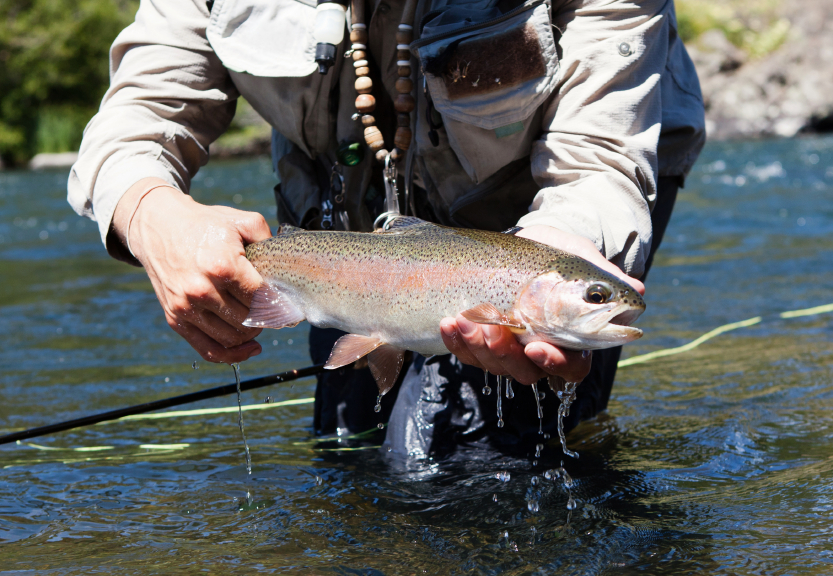Good News For Wild Trout
By Steve White
[dropcap]M[/dropcap]ost fly fishermen are familiar with the Battenkill in Vermont and NY as an iconic trout stream in American fishing. The Orvis Company headquarters are located along it, and they named one of their most popular reels after it. Renowned fly fishing author John Merwin called it “my favorite place,” and John Atherton said it was “the most difficult of rivers and yet the most rewarding in the things which count the most.”
Having fished it earlier this year on a trip to the American Museum of Fly Fishing in Manchester, VT, I had a chance to see first-hand what a beautiful stream it is, and how much fun it is to bring its fine trout to hand.
While there in Manchester, I also had a chance to visit the Dufrense Dam which had blocked the river there in Manchester for over 100 years, creating a pond that was so full of silt that there was actually a silt island in the middle of it.
The dam, like so many built in New England at that time, originally provided power for a nearby mill. It hasn’t served that purpose since the ‘40s, so for all of those years since, it has done what dams do to trout streams: block fish access to historic spawning grounds, inhibit seasonal movements up and down stream, warm the water above its natural temperature, reduce oxygen levels, and hold back nutrients from the downstream sections…all of which are bad news for the wild trout.

Amy Singler at Dufresne Dam Removal, Battenkill River, Vermont. Photo Amy Signler of American Rivers.org.
It was a significant structure: 12 feet high and over 250 feet across. I’m glad to say “was”, because in early September the dam was removed by a partnership between the Vermont Department of Environmental Conservation, the Vermont Fish & Wildlife Department, U.S. Fish and Wildlife Service, and American Rivers, as noted on the Vermont.gov website.
Amy Singler, our dam removal specialist for this project, said, “Having helped with the early survey work in the impoundment, it is fantastic to see the river return and know the impact it will have for river habitat up and downstream.”
Dufresne Dam removal before and after | © Amy Singler
Before (left) and after (right) photos from of the Dufrense Dam | © Amy Singler
This dam removal is a good example of the kind or work we do, such as assisting with initial concept design, technical consulting, surveying, and in some cases project management, obtaining permits, performing fundraising, and submitting grant proposals.
The wonderful result of this work with our partners is that the Battenkill’s wild brown and brook trout will now have access to another six miles of spawning habitat on the Battenkill, not counting additional tributaries, and improved habitat in terms of oxygen levels and water temperature…all of which is great news for the trout.
Thinking back to when I first saw the dam and the impoundment, I had said to Brian Graber, the national leader of our dam removal program, that it was hard to believe that the shallow, unattractive, silted pond was the same body of water as the beautiful trout stream downriver. His reply was, “It will all be beautiful soon.” I’m sure he’s right about that.
The locals and state officials are hopeful that the positive impacts on wild trout will make it an even better fishery, which is great to hear. And for all of us anglers across the country, we can take heart that another iconic American river has been restored.
– See more at: http://www.americanrivers.org/blog/dam-removal-battenkill/#sthash.xYjXkb84.dpuf




Join the discussion One Comment